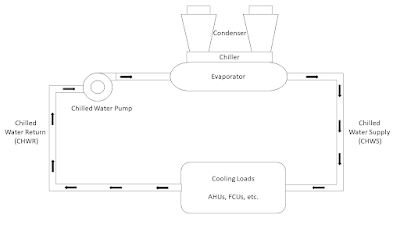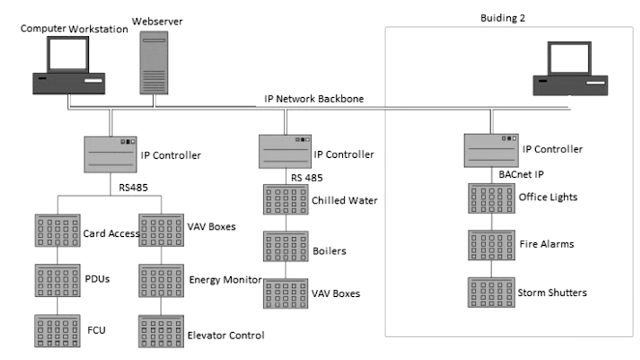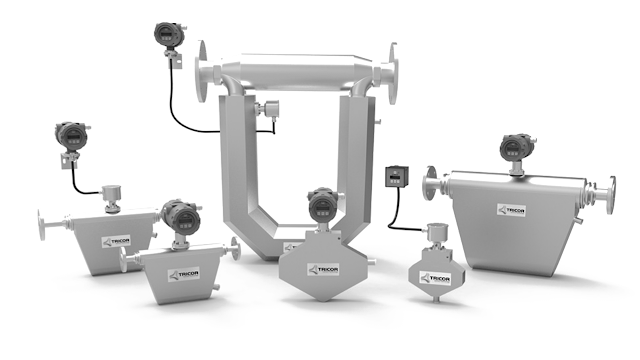Boiler control
Boiler control Boiler control used Increase uptime and availability The primary objective of most boiler operations is maintaining availability, or uptime. Many facilities have more than one boiler on-site running in parallel. It is essential to maintain and upgrade the boiler control systems to assure steam availability. Modern controls are more reliable and can readily adjust to load swings caused by varying overall plant operations. Reduce flue gas emissions Failure to comply with current emissions regulations can be as costly as lost utilities. Government mandates enforced by fines, threat of closure, or imprisonment will usually provide sufficient incentive to comply with the regulations and modernize controls if necessary. Improved combustion efficiency reduces unwanted combustion by-products. Anything that goes into the manufacture of a product (raw materials, fuel, air, water, etc.) that is not in the final product is wasted cost. This can also create added waste dis...


